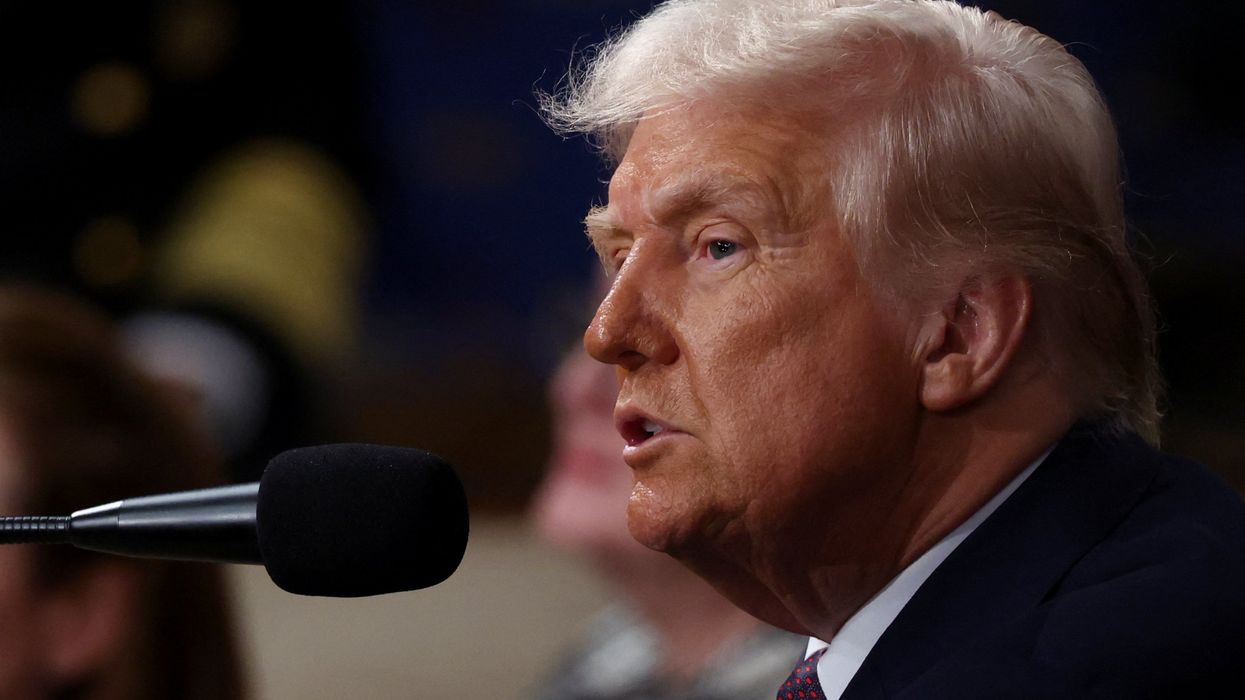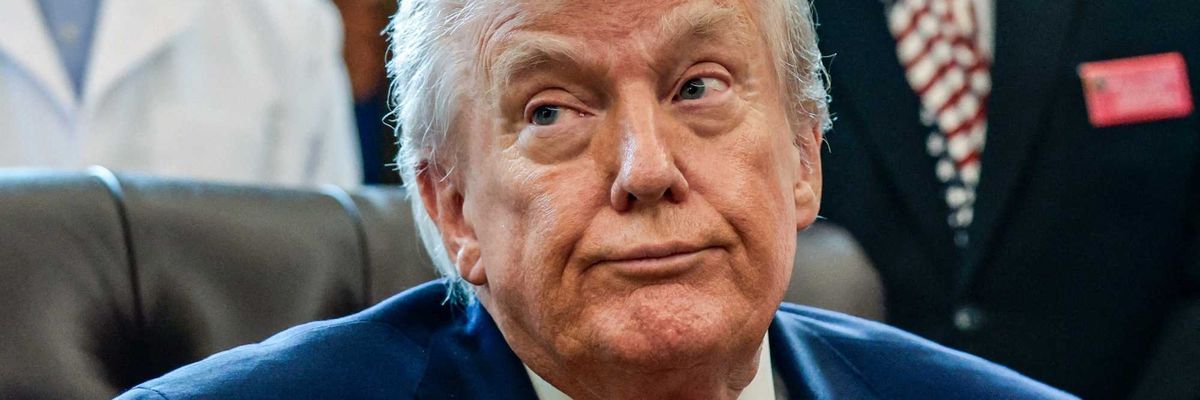 Senator Patrick M. Gallivan (R,C,I – 59th District) has been named Vice Chairman of the National Conference of State Legislatures’ (NCSL) Human Services and Welfare Committee for 2011-12. Gallivan was appointed by NCSL President and President of the Kansas State Senate, Stephen Morris.
“I am excited to bring my experience and ideas to the Conference of State Legislatures, and to learn from the successes and innovations occurring in state governments across the country,” Gallivan said about his new appointment. “The relationship between states and the federal government is constantly evolving and I am honored to represent the states’ agenda in this continuing debate.”
The Human Services and Welfare Committee is one of 12 standing committees of the National Conference of State Legislatures. The standing committees are responsible for developing policy directives that guide NCSL’s agenda in Washington, D.C. and within the administration. The directives stress: opposition to unfunded mandates, prevention of unnecessary preemption of state laws, protection of state revenue sources, and increased flexibility in state-federal programs.
“Senator Gallivan brings a great deal of insight and energy to the table, particularly on the subject of Medicaid,” said Senator Stephen Morris. “I am pleased that he has accepted this appointment and I look forward to his valuable contributions to public policy over the next year.”
NCSL has just completed an active year in representing the interests of the states in Washington, D.C., most notably was the role NCSL played in obtaining over $16 billion in federal assistance to the states to help cover the cost of federal Medicaid mandates.
Senator Gallivan’s appointment comes just weeks after he introduced a landmark piece of legislation in the New York State Senate to transform the cost obligation structure of New York State’s Medicaid system, gradually transferring the cost of the $50 billion program from local governments entirely to the state, effectively eliminating local governments’ largest unfunded mandate over the course of eight years.
The National Conference of State Legislatures is the bipartisan organization that serves the legislators and staffs of the states, commonwealths and territories. NCSL provides research, technical assistance and opportunities for policymakers to exchange ideas on the most pressing state issues and is an effective and respected advocate for the interests of the states in the American federal system.
Senator Patrick M. Gallivan (R,C,I – 59th District) has been named Vice Chairman of the National Conference of State Legislatures’ (NCSL) Human Services and Welfare Committee for 2011-12. Gallivan was appointed by NCSL President and President of the Kansas State Senate, Stephen Morris.
“I am excited to bring my experience and ideas to the Conference of State Legislatures, and to learn from the successes and innovations occurring in state governments across the country,” Gallivan said about his new appointment. “The relationship between states and the federal government is constantly evolving and I am honored to represent the states’ agenda in this continuing debate.”
The Human Services and Welfare Committee is one of 12 standing committees of the National Conference of State Legislatures. The standing committees are responsible for developing policy directives that guide NCSL’s agenda in Washington, D.C. and within the administration. The directives stress: opposition to unfunded mandates, prevention of unnecessary preemption of state laws, protection of state revenue sources, and increased flexibility in state-federal programs.
“Senator Gallivan brings a great deal of insight and energy to the table, particularly on the subject of Medicaid,” said Senator Stephen Morris. “I am pleased that he has accepted this appointment and I look forward to his valuable contributions to public policy over the next year.”
NCSL has just completed an active year in representing the interests of the states in Washington, D.C., most notably was the role NCSL played in obtaining over $16 billion in federal assistance to the states to help cover the cost of federal Medicaid mandates.
Senator Gallivan’s appointment comes just weeks after he introduced a landmark piece of legislation in the New York State Senate to transform the cost obligation structure of New York State’s Medicaid system, gradually transferring the cost of the $50 billion program from local governments entirely to the state, effectively eliminating local governments’ largest unfunded mandate over the course of eight years.
The National Conference of State Legislatures is the bipartisan organization that serves the legislators and staffs of the states, commonwealths and territories. NCSL provides research, technical assistance and opportunities for policymakers to exchange ideas on the most pressing state issues and is an effective and respected advocate for the interests of the states in the American federal system.
37.1
F
Buffalo
WNYmedia Network is a user generated content & video delivery network of blogs and websites focused on Progressive Politics, Public Good, Live Music, Great Food, Good Government and Lousy Sports Teams in Buffalo and Western New York.
Buffalo's largest network of Progressive journalists, bloggers, activists, politicians, content creators and other media professionals delivering live video, local news and daily social trends in Buffalo and Western New York.
Contact us: News@wnymedia.net
© ©2022 WNYmedia Network. All RIghts Reserved




